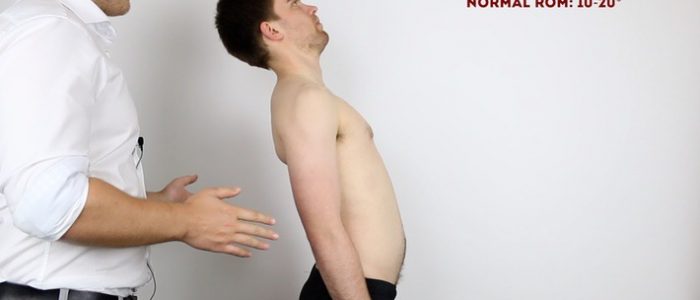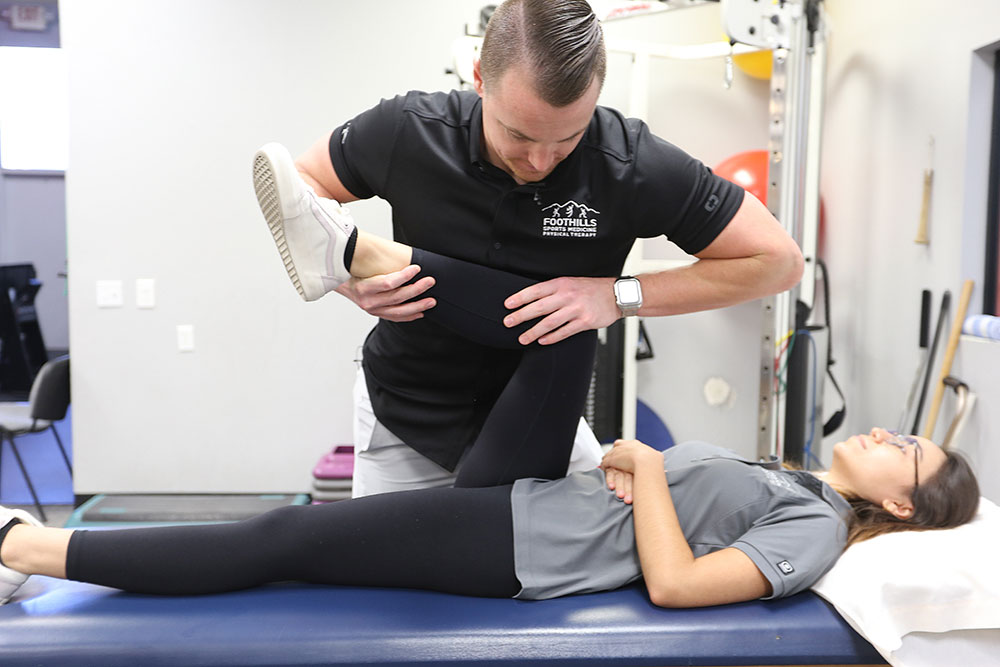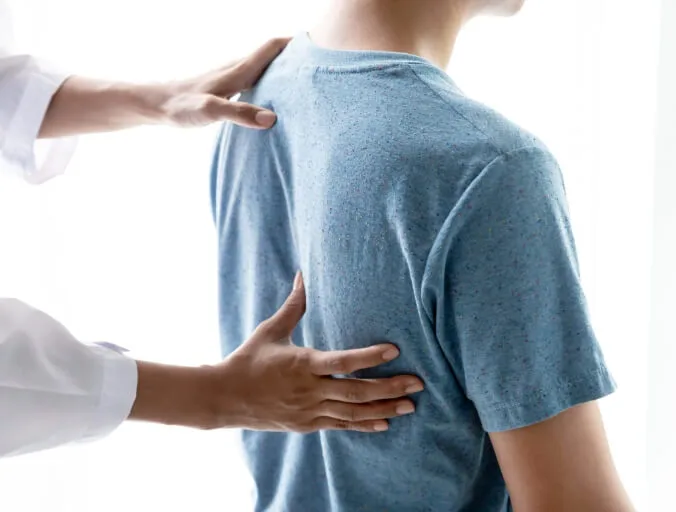What Are Lumbar Spine Special Tests?Special tests are essential in evaluating and diagnosing lumbar spine dysfunction. The lumbar spine, located in the lower back, is susceptible to various conditions and injuries that can cause pain, restricted movement, and impaired function. These tests help healthcare professionals assess the integrity and functionality of the lumbar spine.

One-Leg Standing Lumbar Extension Test
Purpose: The one-leg standing lumbar extension test aims to evaluate facet joint pathology.
Procedure:
- The patient extends their spine while standing on one leg, maintaining balance.
- This action is repeated while standing on the opposite leg.
Indicators:
- A positive result is indicated by back discomfort or a pars interarticularis stress fracture (spondylolisthesis).
- Increased pain while standing on the same side as the stress fracture suggests a unilateral condition.
- Rotation with extension and discomfort may indicate facet joint disease on the affected side.

Quadrant Test
Purpose: The quadrant test assesses the maximum narrowing of the intervertebral space.
Procedure:
- The examiner stands behind the patient, who maintains an upright stance.
- The patient extends their spine while the examiner supports their shoulder and may stabilize the head by gripping the occiput.
- Excessive pressure is applied during extension as the patient side flexes and rotates towards the painful side.
Outcome:
- A positive result is indicated by the presence of symptoms. This test is similar to Kemp’s test, as described by Cipriano.

Leg Lowering Test
Introduction: The double leg lowering test (DLLT) is used to assess core muscle strength. It evaluates eccentric muscle contraction while lowering the limbs, challenging abdominal muscles.
Purpose:
- To assess the functionality of abdominal muscles and the ability to maintain lower limb positioning against a posterior pelvic tilt.
Procedure:
- The patient lies supine with their head on the floor and arms crossed over the chest.
- The tester probes the lower back using fingers or a pressure biofeedback device set to 40 mmHg.
- The patient raises both legs vertically to a 90-degree angle.
- With tightened abdominals, the patient lowers their legs while maintaining pressure on the tester’s fingers or cuff.
- The test is stopped if pressure reduction occurs, and the angle is measured.
Angle Rating:
- 90 degrees: Very poor
- 75 degrees: Poor
- 60 degrees: Below average
- 45 degrees: Average
- 30 degrees: Above average
- 15 degrees: Good
- 0 degrees: Excellent (legs horizontal)
Crossed Straight Leg Raise Test
Background: The crossed straight leg raise test, also known as the “well-leg raising test” or “Fajersztajn sign,” was described by Fajersztajn in 1901. It involves discomfort on the affected side when the contralateral leg is flexed at the hip.
Purpose:
- Positive results suggest significant nerve root irritation or compression, often associated with central disc herniation.
Technique:
- The examiner flexes the unaffected leg at the hip while keeping the knee extended with the patient lying supine.
- The test is positive if discomfort is experienced in the affected leg at a hip flexion angle of 40 degrees.
Lumbar Spine Tests in Forethought
Forethought employs a comprehensive range of lumbar spine tests to assess spinal health and functionality. These tests are critical for diagnosing underlying conditions, evaluating treatment efficacy, and guiding patient management. Forethought (Shanghai) Medical Technology Co., Ltd. is dedicated to providing advanced medical technology products for global healthcare improvement.
Mission and Vision: Our mission, “Guard your health, Create the Future,” reflects Forethought’s commitment to pioneering medical technology advancements and enhancing patients’ quality of life through innovation. We aim to expedite the global transition to MedTech and establish ourselves as a leading MedTech enterprise. By advancing medical technology, Forethought seeks to introduce more sophisticated, safer, and efficient lumbar spine tests, fostering global healthcare progress.
参考文献
- Forethought 脊椎データ収集・解析システム – ソースを見る
- Handheld Juvenile Scoliosis Physiotherapy Management Device – ソースを見る
- Forethought Portable Version II – ソースを見る
- Forethought Professional Version II – ソースを見る
- Forethought Spine Whale – ソースを見る

